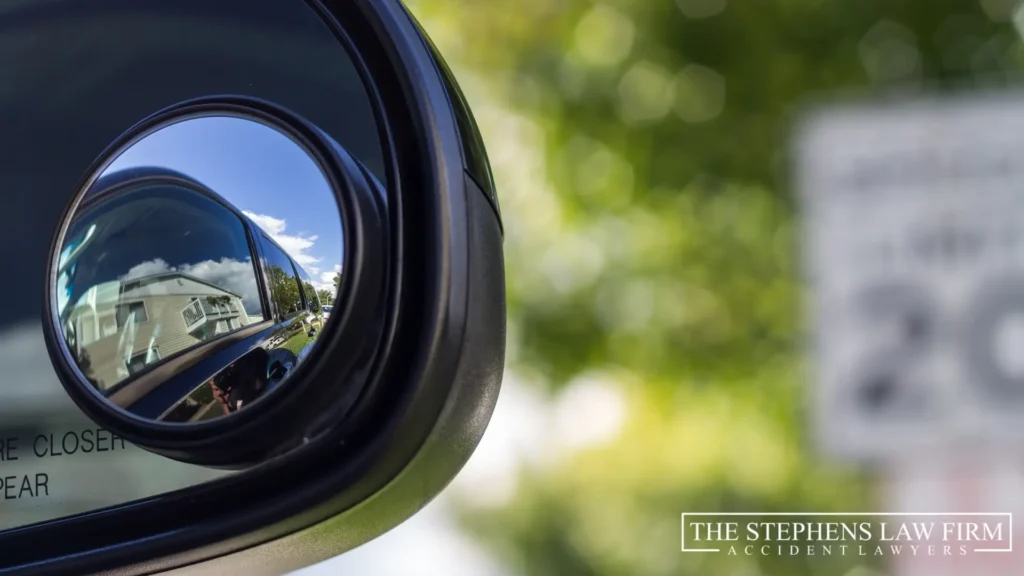Pedestrians don’t always have the right of way in Texas. State law grants pedestrians the right of way in specific situations, such as marked crosswalks or when traffic signals require drivers to stop. However, there are also times when drivers lawfully have the right of way.
Understanding when pedestrians are protected under Texas law is important, as these rules can affect your ability to file a claim, defend against one, or pursue compensation after an accident. An experienced Houston pedestrian accident lawyer can explain how the law applies to your case and guide you through your legal options.
This page covers key Texas pedestrian laws, common disputes, and what to do if you or a loved one has been injured in a pedestrian accident.
KEY TAKEAWAYS
- Pedestrians don’t always have the right of way in Texas. Pedestrians should make sure to obey signals and crosswalks, while drivers must yield and use due care.
- Pedestrians have the right of way when lawfully in a crosswalk, and drivers may not pass a vehicle stopped at a crosswalk for a pedestrian.
- Joe Stephens investigates fast, secures evidence, and fights for fair compensation with a free consultation and no fee until he wins.
What Does Texas Law Say About Pedestrian Right of Way?
Texas Transportation Code §552 lays out clear rules for drivers and pedestrians. These laws make it clear that pedestrians don’t always have the right of way, but drivers are still expected to act with care. Pedestrians must follow traffic signals, stay in designated crosswalk sections, and use sidewalks when available. At the same time, drivers must yield to pedestrians crossing lawfully and cannot pass vehicles stopped at a crosswalk. The code also requires extra caution around children, people with disabilities, or anyone who appears confused, and Texas’s proportionate responsibility rules can assign fault to both a driver and a pedestrian based on how the crash happened.
When Do Pedestrians Have the Right of Way in Texas?
Pedestrians are legally protected in specific situations. These are common situations where Texas pedestrian right-of-way laws protect someone on foot:
- In a marked crosswalk, when the “walk” signal is on
- In an unmarked crosswalk at an intersection, when a vehicle can yield safely
- After starting to cross on a “walk” signal, they can continue to the other side, even if the signal changes
- When one vehicle has stopped at a crosswalk to let a pedestrian cross, other drivers must stop too and may not pass
- On sidewalks that cross a driveway, alley, private road, or parking lot entrance and exit
When Do Pedestrians Not Have the Right of Way in Texas?
There are some situations where pedestrians must yield to vehicles. Some common examples where pedestrians don’t have the right of way include:
- Jaywalking or crossing an intersection outside of a crosswalk
- Entering the road during a “don’t walk” or “wait” signal
- Stepping suddenly into traffic so close that a vehicle cannot reasonably stop
- Crossing mid-block between two intersections that both have traffic control signals
Who Is at Fault if a Driver Hits a Pedestrian in Texas?
Texas uses a comparative negligence system known as proportionate responsibility, which allows fault to be shared between a driver and a pedestrian. If you are found partly at fault for the accident, your compensation will be reduced by your percentage of responsibility. However, you cannot recover damages if you are determined to be more than 50 percent at fault.
Common situations where fault is shared include:
- A distracted driver speeding and failing to yield at a crosswalk
- A pedestrian crossed outside a crosswalk or against a signal
- Both parties misjudged traffic or visibility
- A driver rolling through a right turn on red while a pedestrian steps onto the crosswalk too early
Joe and The Stephens Law Firm move fast to lock down video and scene evidence, make sure the crash report is accurate, and bring in experts to analyze speed, sight lines, and timing. Then Joe builds a clear timeline that shows how and why the crash happened and uses hard facts to push the insurance company toward fair compensation.
Frequently Asked Questions About Pedestrian Rights in Texas
Where Should Pedestrians Go if There Are No Sidewalks?
Texas Transportation Code §552.006 and HB 1277 law says to walk on the left side of the road or on the shoulder facing oncoming traffic, unless that side is obstructed or unsafe.
Can Local Texas Ordinances Change Pedestrian Rights?
Local governments can add rules, but they can’t conflict with state law. The local rules only stand if they’re consistent with Texas law and are properly posted with signs or pavement markings.
What Special Protections Do Blind Pedestrians Have in Texas?
Drivers must take precautions, including stopping if needed, when a person using a cane or an assistance animal is crossing or attempting to cross.
Contact Joe Stephens, Texas Pedestrian Accident Lawyer Today
If you were hurt in a pedestrian crash anywhere in Texas, get answers from Joe and The Stephens Law Firm. Joe Stephens is double board-certified with over 40 years of experience trying and negotiating accident cases across Texas.
Ready to talk? Get a free consultation with Joe. He handles insurers and the paperwork so you can focus on healing.
Get your free case evaluation by calling (281) 201-0035 or contacting us online.




